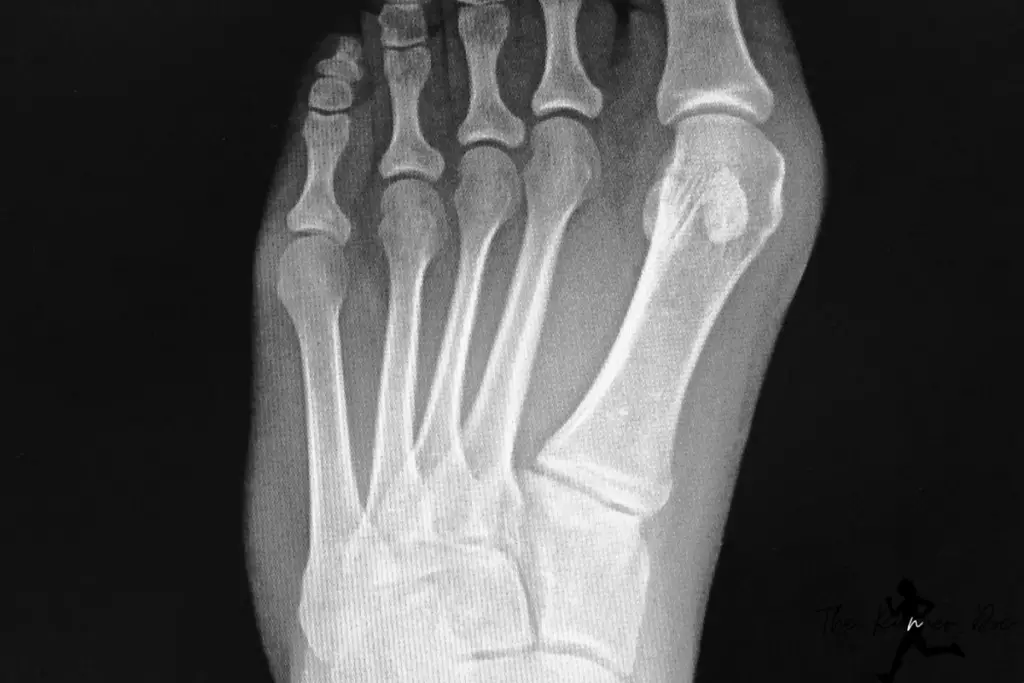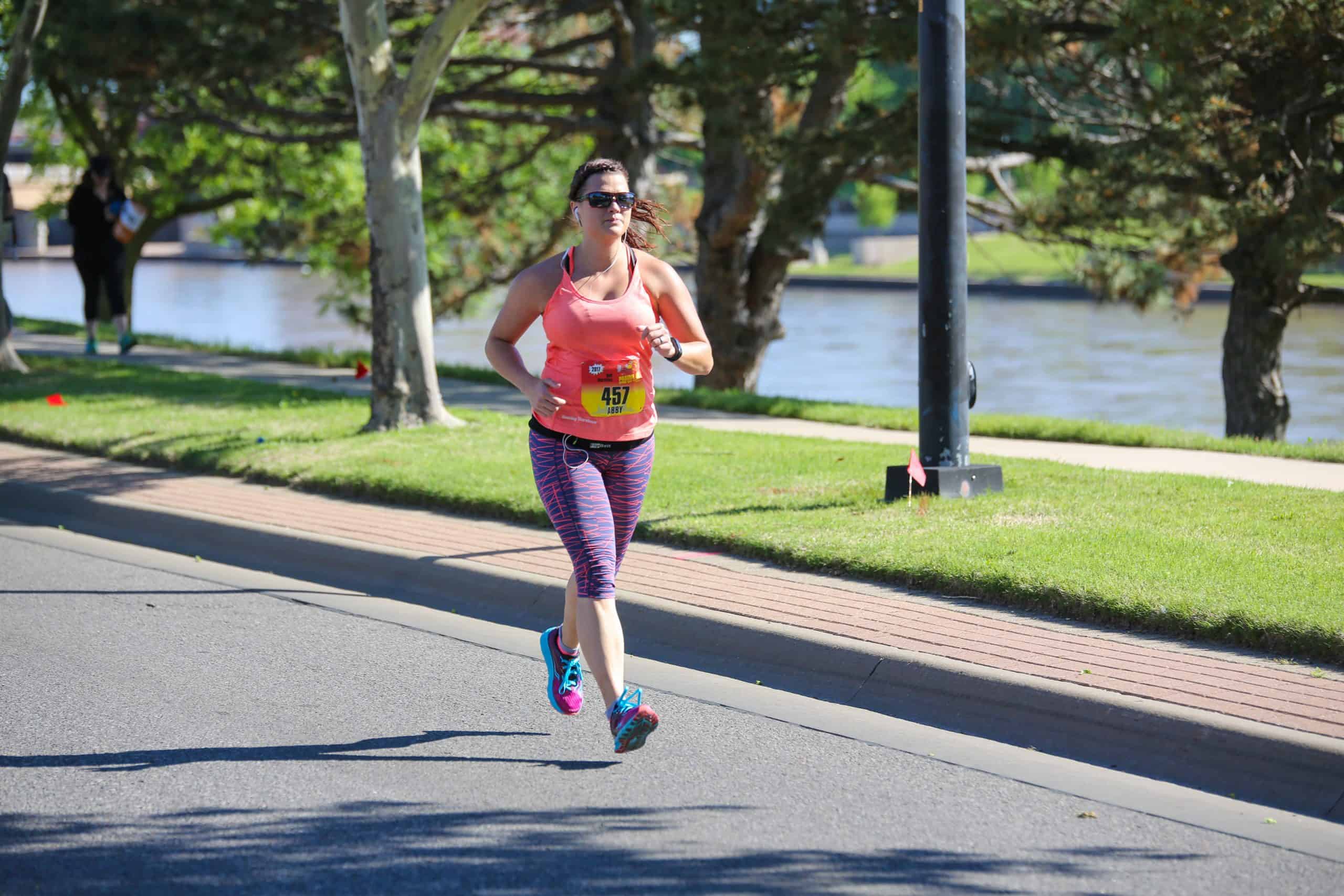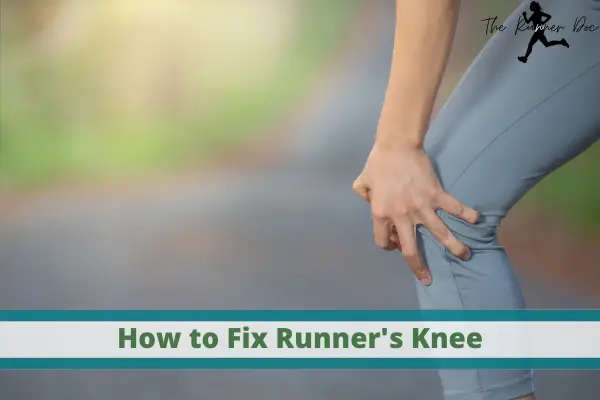The Truth About Bunions and Running – Can You Run With Bunions?
Do you have a bunion? If so, you’re not alone. Bunions are one of the most common foot problems in the United States. Many people suffer from this condition and don’t know how to treat it. In this blog post, we will discuss the truth about bunions and running. We will also answer the question: Can you Run with bunions? Keep reading to learn more!
What are bunions and what causes them in Runners?
First, it’s important to understand what bunions are and how they affect the feet. A bunion is a bony protrusion that forms on the joint at the base of the big toe. It is caused by the bone and joint moving out of alignment, resulting in a bump on the side of the foot. Bunions can be caused by a variety of factors, including genetics, foot structure, and certain types of footwear.
Runners may be more prone to bunions due to the increased pressure and strain on their feet. Factors such as running with improper shoes can cause bunions to form
(THIS POST PROBABLY CONTAINS AFFILIATE LINKS. OUR FULL DISCLOSURE POLICY IS REALLY BORING, BUT YOU CAN FIND IT HERE.)

How can you prevent bunions from developing?
While complete prevention is not always possible, especially when genetics are involved, there are a couple of things you can do to help support your feet.
The first and most important is to have well-fitting shoes. Choosing shoes with a wide toe box can help prevent bunions from forming. Avoid shoes with narrow toe boxes or high heels, as these can put extra pressure on the toes and increase the risk of bunions.
My Favorite Running Shoes to Prevent Bunions: Vivobarefoot, Xero, and Altra shoes
The second way to help prevent bunions as a runner is to exercise your feet! Our feet have muscles and need attention just like the rest of our body. Using toe spacers and doing toe stretching activities can help prevent bunions and even reverse the development of them!
Related article: Beginners Guide to Barefoot Running: How to Not Get Hurt!
What are the symptoms of a bunion, and how can you treat it?
The symptoms of bunions can vary depending on the severity of the deformity, but common symptoms in runners may include:
- Pain: Bunions can cause pain in the affected area, especially when running or engaging in other physical activities. The pain may be dull or aching and may be worse after exercise.
- Swelling: Bunions can cause swelling in the area around the big toe joint.
- Redness: The skin around the bunion may appear red or inflamed.
- Difficulty finding shoes that fit: Bunions can make it difficult to find shoes that fit comfortably, as the bump may cause pressure on the toes.
- Changes in gait: Bunions may cause a runner to change their gait in an effort to reduce pain or discomfort, which can lead to additional problems with the feet or legs.
If you experience any of these symptoms while running, it’s important to pay attention to your body and seek medical attention if the pain or discomfort persists. A Doctor of Physical Therapy can help diagnose the cause of your symptoms and recommend treatment options.

Can you run with bunions? The answer may surprise you!
The short answer is yes, you can run with bunions. However, it’s important to consult with a medical professional before running if you have bunions. Your Doctor of Physical Therapy can help recommend modifications and treatments that will allow you to keep running safely and comfortably. Additionally, wearing supportive shoes that fit properly is essential for reducing pain when running with bunions.
So, can you run with bunions? As always…it depends. It depends on the severity of your bunions and the amount of discomfort they cause. If your bunions are mild and do not cause significant pain or discomfort, you may be able to continue running with some adjustments to your footwear and training routine.
The Best Exercises for Runners with Bunions
To keep your feet healthy and pain-free as a runner with bunions, try the following exercises:
• Foot mobility exercises – to strengthen the muscles that support the foot and reduce strain on the bunion joint.
My favorite two exercises are alternating toe lifts and towel scrunches.
• Calf stretching – to reduce the pressure and strain from up the chain on the feet and toes.
• Balance exercises – to improve coordination and strengthen the muscles that support the foot.
These exercises can help keep your feet healthy, reduce pain and discomfort, and give you a better overall running experience!
• Wear a toe spreader – use it around the house to keep the toes in alignment and stretch them out.
Related Article:Metatarsal Pain when Running {How to Fix it Quickly}
How to choose the right shoes for runners with bunions
Choosing the right shoes for running with bunions is essential. Look for shoes that have a wide toe box to give your toes more space and reduce pressure on the bunion. Additionally, look for shoes that provide cushioning and support to help absorb shock from running. Lastly, avoid shoes with narrow toe boxes and high heel to toe drop as they can aggravate bunions.
My favorite running shoes for runners with bunions are Vivobarefoot, Xero, and Altra shoes. They all have a wide toe box, or a natural foot shape toe box, to give your feet room to move and spread like they were designed to do!
Final Thoughts on Running with Bunions
In conclusion, it is possible to run with bunions if the symptoms are mild and do not cause significant pain or discomfort. To keep your feet healthy and reduce strain on the bunion joint, try doing foot mobility exercises such as alternating toe lifts and towel scrunches. Additionally, wear supportive shoes with a wide toe box that provide cushioning and support. With proper care of your feet while running, you will be able to enjoy an active lifestyle without any limitations due to your condition!
References for Running with Bunions
Dayton, P., Kauwe, M., & Feilmeier, M. (2015). Is Our Current Paradigm for Evaluation and Management of the Bunion Deformity Flawed? A Discussion of Procedure Philosophy Relative to Anatomy. The Journal of Foot and Ankle Surgery, 54(1), 102-111. doi:10.1053/j.jfas.2014.09.010
Ferrari, J. (2009, March 11). Bunions.
Kuhn, J. (2020, August 10). Hallux Valgus.
Kuhn, J. (2020, August 10). Hallux Valgus.
Tamer, P., & Simpson, S. (2017). Evolutionary Medicine: Why do humans get bunions? Evolution, Medicine, and Public Health, 2017(1), 81-81. doi:10.1093/emph/eox007
AFFILIATE DISCLOSURE
As an Amazon Associate, I earn from qualifying purchases. This post may contain affiliate links. If you use these links to buy something we may earn a commission. The Site may contain links to affiliate websites, and we receive an affiliate commission for any purchases made by you on the affiliate website using such links.
All information should be used as a tool for more knowledge on the subject topic, to use as references for later articles where applicable, or just to keep it in mind during future exercise routines or activities.
This article is not meant to give medical advice or to replace professional health care. Should any ailment occur please contact your doctor or physical therapist immediately to keep yourself safe and prevent further damage.
The author is not liable for any personal or commercial damage directly or indirectly related to the content hereof. You are responsible for adhering to local laws and regulations regarding health & safety, including proper use of equipment or safety gear, and compliance with governing healthcare associations, and state, and federal regulations.
Running with Bunions: How to Fix Them

Dr. Abby Siler, PT, DPT is a Physical Therapist with 10 years of experience in a variety of settings. She has spent the majority of her time treating athletes in orthopedic clinics and worker’s compensation cases. She is a runner herself for the past 15 years and a lifelong athlete. Dr. Abby loves to teach runners how to stay injury free and out of her clinic.







